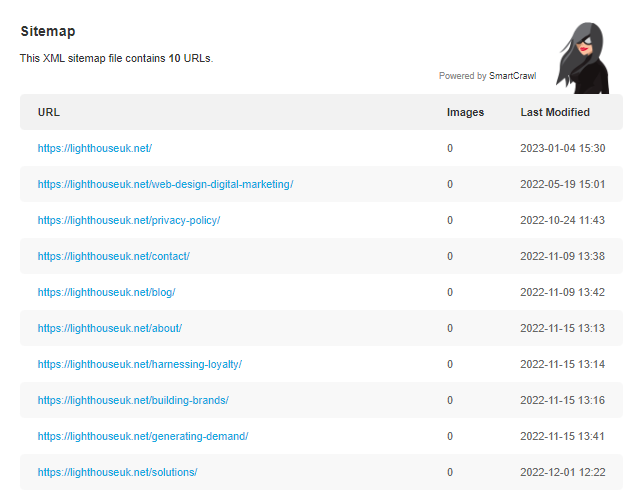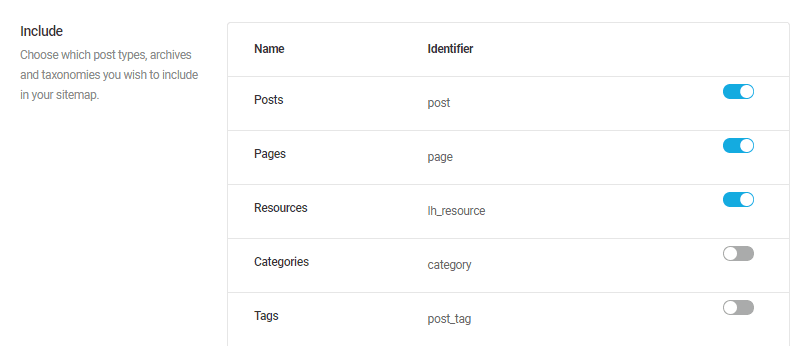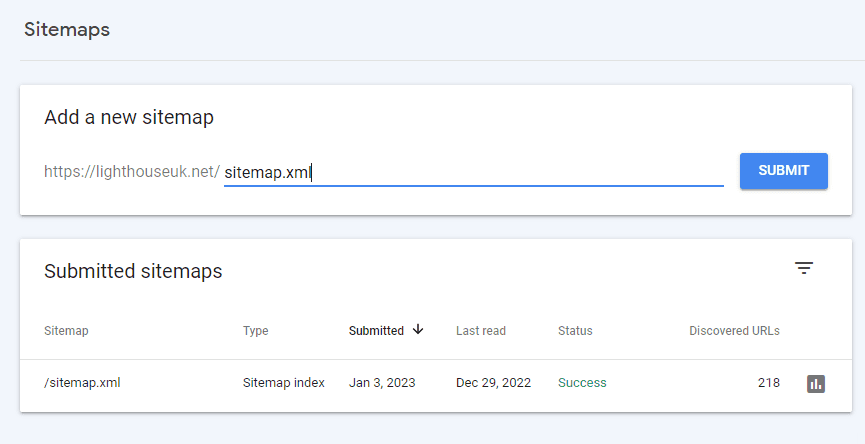Sitemaps are a file on your website that list all the items hosted on your website. This is the map of your website that you want Google (and other search engines) to find. It lists the pages, posts, images, pdfs, all those good things you want to appear in search results. For this quick win you create one on your website and tell Google where to find it.
A Sitemap is key to a good website
Sitemaps can be coded one of these using several sitemap formats like XML. But this wouldn’t be a quick win if you had to learn to code as well. So we recommend getting a plugin to handle this for you, as there are many free and premium products available. The plugin we use is called Smartcrawl, so I will be using this as my example.
By having and refreshing your sitemaps you can take the reins and tell search engines which pages are important on your website (and which are not).
How to create and submit or refresh sitemaps
When your website has a sitemap it will usually be on a URL like /sitemap.xml . Here is Lighthouse’s sitemap at https://lighthouseuk.net/sitemap.xml . You can see the URLs with the last time they were modified.

With a plugin like Smartcrawl you can easily create a Sitemap for your website, the major decisions will be which types of website content should be indexed, and plugins like Smartcrawl allow the ability to switch post types on and off or get granular by adding or excluding specific pages.

Once your sitemap is in working order you need to access your Google Search Console account (or Bing webmaster tools), and make sure it is refreshed and indexed. This makes sure your most important content can appear in the right position in Search engines.
